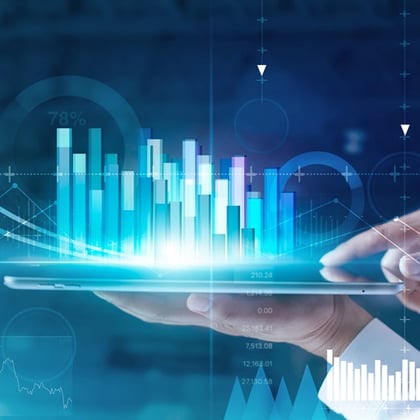What You Need to Know
- Economists' expectations for gross domestic product growth surged more than a percentage point to an annualized pace of 8.1% in the second quarter.
- Consumer spending forecasts were raised for each quarter of the year, reflecting an outpouring of pent-up demand.
- The unemployment rate, now at 6%, is anticipated to fall below 5% in the final three months of the year, according to a recent forecast.
Economists are once again ratcheting up their U.S. growth forecasts as a fresh injection of government aid, rising vaccination rates and looser business restrictions combine to provide a bigger tailwind for economic activity.
Expectations for gross domestic product growth surged more than a percentage point to an annualized pace of 8.1% in the second quarter, according to the latest monthly survey of economists by Bloomberg.
Consumer spending forecasts were raised for each quarter of the year, reflecting an outpouring of pent-up demand that is putting the nation on track for its strongest economic growth since 1984.
The unemployment rate — currently at 6% — is also expected to fall below 5% in the final three months of the year, according to the median forecast in an April 1-8 survey of 71 economists. It took over six years for the jobless rate to reach that milestone in the wake of the 2007-09 recession.
“We’ve been very optimistic this year,” said Michael Gapen, chief U.S. economist at Barclays Plc. He increased his second-quarter GDP growth forecast to 11.5% and also increased his estimates for the back half of the year to reflect the $1.9 trillion relief package signed by President Joe Biden in mid-March. The final package was larger than the bank originally anticipated.
“We’re expecting a rapid acceleration in activity in the second and third quarter on the combination of speed of vaccinations, the efficacy of those vaccinations, fiscal support in the pipeline,” and the willingness of households to spend those accumulated savings to some extent, he said.
An average of 3 million Americans are getting vaccinated each day, and states are increasingly rolling back business restrictions. California, the most populous state and also the first state to impose severe lockdown restrictions last year, is allowing most establishments to partially or fully reopen this month.
‘Surging’ Indicators
At the same time, a slew of economic data — including the March jobs report — has come in much better than economists expected.









 April 09, 2021 at 02:05 PM
April 09, 2021 at 02:05 PM











